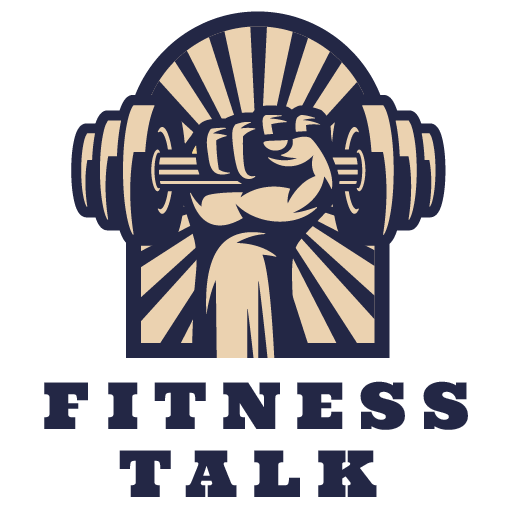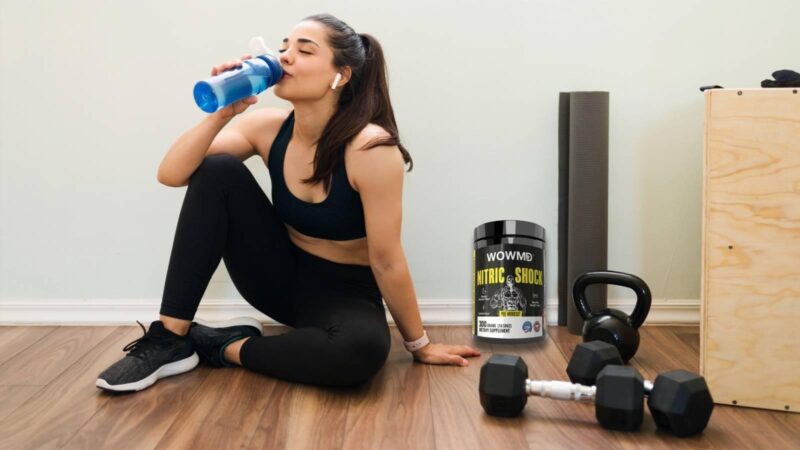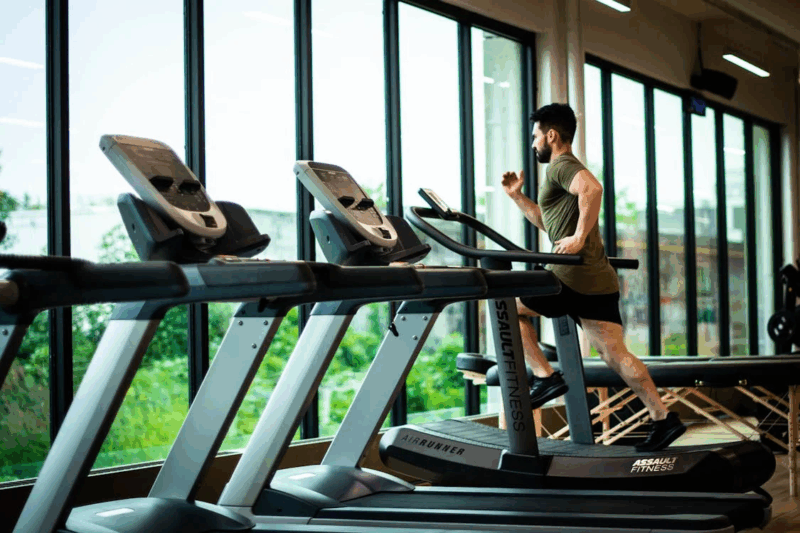
We’ve all felt it—that dull ache or tightness that sets in a few hours or days after a big workout, a long day at work, or even sitting too long in one position. Muscle pain is your body’s way of saying, “I wasn’t ready for that.” But here’s the good news: most muscle soreness and stiffness can be prevented with a little foresight and care.
Whether you’re an athlete, a weekend warrior, or just someone trying to move more during the week, the key to avoiding pain lies in preparation, consistency, and smart recovery habits. You don’t need a complicated routine or expensive gadgets—just a bit of knowledge and attention to what your body needs.
Understanding Why Muscles Get Sore
Before we dive into prevention, it helps to understand what’s really going on when your muscles hurt. The most common type of muscle pain after exercise is known as Delayed Onset Muscle Soreness (DOMS). It usually appears 12–48 hours after activity and is caused by microscopic damage to muscle fibres, particularly after new or intense movements.
That damage isn’t necessarily bad—it’s part of how muscles adapt and grow stronger. However, excessive soreness means you’ve pushed too far without giving your body the right tools to recover. Beyond exercise, muscle pain can also stem from poor posture, prolonged sitting, dehydration, or stress.
If you’re finding that soreness interferes with daily life or persists beyond a few days, it’s worth consulting a professional such as physio Alexandria for assessment. But in most cases, the right prevention strategies can keep you feeling flexible, strong, and pain-free.
1. Warm Up Properly
Skipping your warm-up is one of the biggest mistakes you can make. A good warm-up prepares your muscles, joints, and cardiovascular system for activity by gradually increasing blood flow and temperature.
Instead of static stretching (holding long poses), focus on dynamic movements—like arm circles, leg swings, or gentle jogging. These activate the muscles you’re about to use and prime your nervous system for better coordination.
Think of your body like an engine—it performs best when it’s warm. A few minutes of intentional movement before exercise helps reduce strain and lowers the risk of tightness or injury later.
2. Don’t Skip the Cool-Down
Cooling down is just as important as warming up. After exercise, your muscles are warm, your heart rate is elevated, and your body needs a gentle transition back to its resting state.
A cool-down can include light stretching, walking, or deep breathing exercises. This helps disperse lactic acid and encourages circulation, which aids recovery. Aim for 5–10 minutes of easy movement at the end of your session.
Adding a few gentle stretches after exercise can also improve flexibility over time and prevent muscles from tightening up as they cool.
3. Gradually Increase Intensity
A sudden spike in activity—like running 10 kilometres when you haven’t jogged in months—almost guarantees soreness. Muscles need time to adapt to new demands, so the rule of thumb is progress, not perfection.
Follow the “10% rule”: increase your training volume or intensity by no more than 10% each week. This gives your muscles, tendons, and ligaments time to strengthen and adjust without overloading them.
If you’re starting something completely new—like a gym program or yoga—consider taking an introductory class or working with a coach for proper guidance. Learning correct technique from the start prevents strain and builds a stronger foundation.
4. Stay Hydrated and Nourished
Your muscles are about 75% water, and dehydration can lead to cramps, stiffness, and slower recovery. Staying hydrated throughout the day—not just during workouts—helps maintain muscle elasticity and circulation.
Electrolytes like sodium, potassium, and magnesium also play an important role in preventing cramps and fatigue. You can replenish them naturally through fruits, vegetables, and balanced meals, or with electrolyte drinks during longer workouts.
Nutrition is equally important. Muscles need protein to repair and grow, along with carbohydrates to restore energy and healthy fats to reduce inflammation. Think of food as fuel for your body’s recovery system.
5. Move Every Day
Even on rest days, it’s important to keep your body moving. Light activity—like walking, stretching, or swimming—helps prevent stiffness by keeping blood circulating and joints lubricated.
This concept, known as active recovery, encourages healing without overtaxing your muscles. If you’ve had an intense workout one day, gentle movement the next day can actually ease soreness and speed recovery.
If your job involves sitting for long periods, make it a point to stand up, stretch, or walk for a few minutes every hour. Prolonged inactivity shortens certain muscles (like your hip flexors) and weakens others (like your glutes), setting you up for discomfort.
6. Prioritise Sleep and Rest
Sleep isn’t just rest—it’s your body’s prime repair time. During deep sleep, your muscles rebuild, hormones balance, and inflammation decreases. Skimping on rest slows recovery and makes soreness more likely after even moderate activity.
Most adults need between seven and nine hours of quality sleep per night. If that feels unrealistic, try creating a consistent bedtime routine—limit screens before bed, keep your room cool, and wind down with calming activities like reading or stretching.
Rest days are equally crucial. They allow your muscles to recover from microtears and grow stronger. Without adequate rest, small strains can build up into chronic pain or injury.
7. Perfect Your Posture
Poor posture doesn’t just cause back and neck pain—it also affects muscle balance throughout your body. When you slump forward, certain muscles (like your chest and hip flexors) tighten, while others (like your upper back and core) weaken.
Over time, this imbalance leads to fatigue and discomfort even in simple movements. Becoming aware of your posture—whether sitting at a desk or standing in line—can go a long way toward preventing chronic muscle tension.
Try aligning your ears, shoulders, and hips in a straight line, and engage your core lightly when standing or walking. Small posture adjustments throughout the day have a surprisingly big impact over time.
8. Strengthen Your Weak Spots

Muscle pain often arises when certain muscles are overworked because others aren’t pulling their weight. Strength training helps balance the load across your body, reducing the risk of strain.
Focus on functional strength—exercises that mimic everyday movements. Squats, lunges, planks, and rows build stability and resilience in major muscle groups. Strengthening your core, glutes, and back, in particular, can prevent posture-related soreness.
You don’t need heavy weights to benefit. Bodyweight exercises or resistance bands can be just as effective when performed consistently and with good form.
9. Make Mobility a Habit
Flexibility isn’t just about touching your toes—it’s about allowing your muscles and joints to move freely without restriction. Regular mobility exercises and stretching routines can help prevent tightness before it leads to pain.
Try incorporating gentle yoga or mobility drills into your daily routine. Pay special attention to commonly tight areas like the shoulders, hips, and hamstrings. Just a few minutes of focused movement can keep you limber and reduce the likelihood of tension building up.
Foam rolling is another powerful tool. It works by releasing fascia (the connective tissue surrounding muscles) and improving circulation. Rolling out your legs, back, or glutes before and after workouts can ease tightness and prevent soreness.
10. Listen to Your Body
Perhaps the most important rule of all: don’t ignore warning signs. Mild discomfort is normal when building strength, but sharp or persistent pain is not. Learning to distinguish between the two can save you from long-term injury.
If a movement feels “off” or painful, stop and reassess your form. Sometimes a small tweak—like adjusting your posture or using less weight—makes all the difference. Resting an aggravated muscle is far better than pushing through and risking a strain that sidelines you for weeks.
Your body communicates constantly; prevention is simply a matter of listening.
Muscle pain might be common, but it doesn’t have to be inevitable. By taking a proactive approach—warming up properly, moving mindfully, fuelling your body, and resting well—you can reduce soreness dramatically and enjoy every workout or workday feeling stronger, not stiffer.
It’s not about avoiding effort; it’s about preparing your body to handle it gracefully. When you make these habits part of your routine, muscle pain becomes the exception, not the rule—and your body thanks you with energy, mobility, and comfort that lasts.











